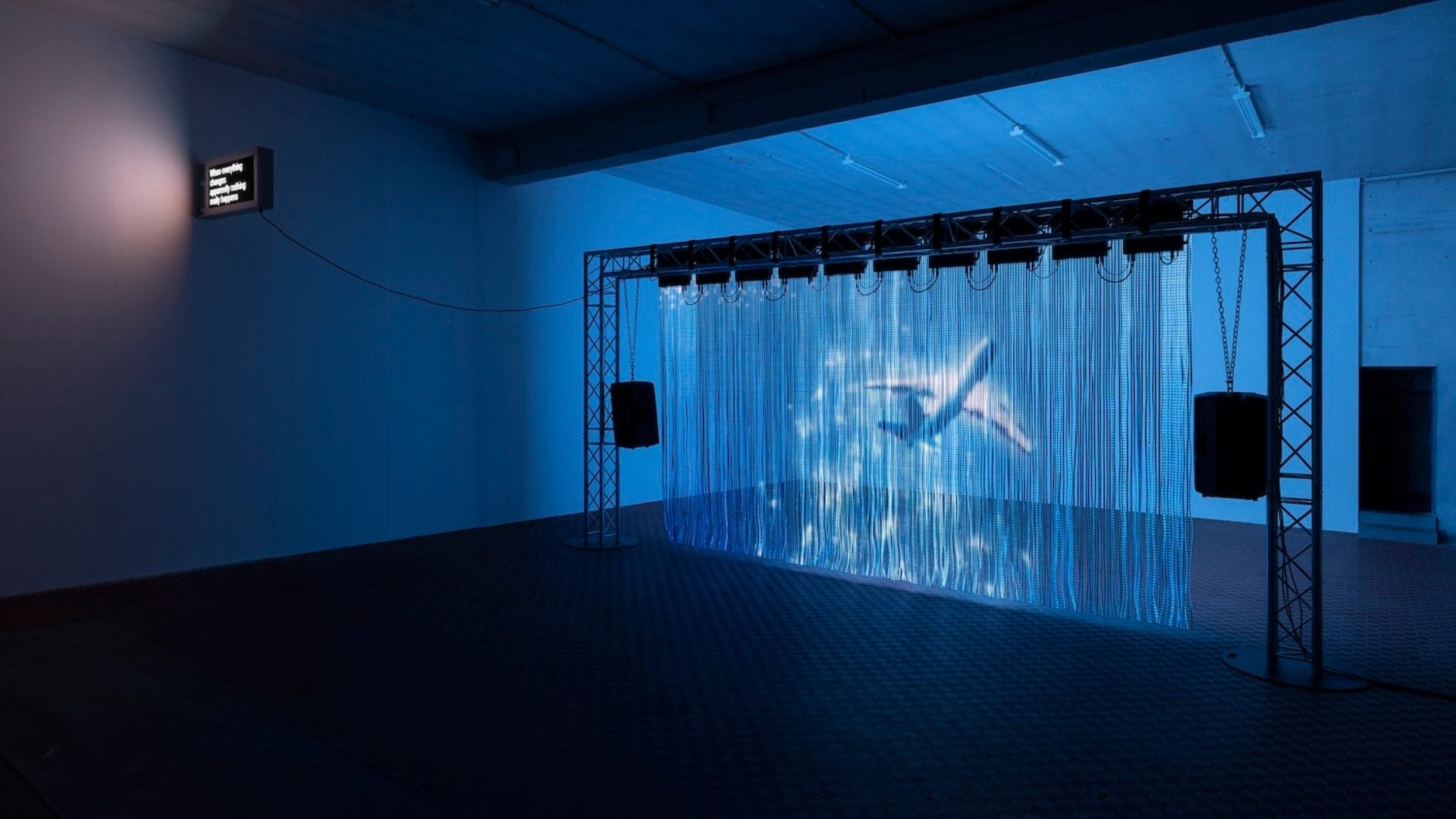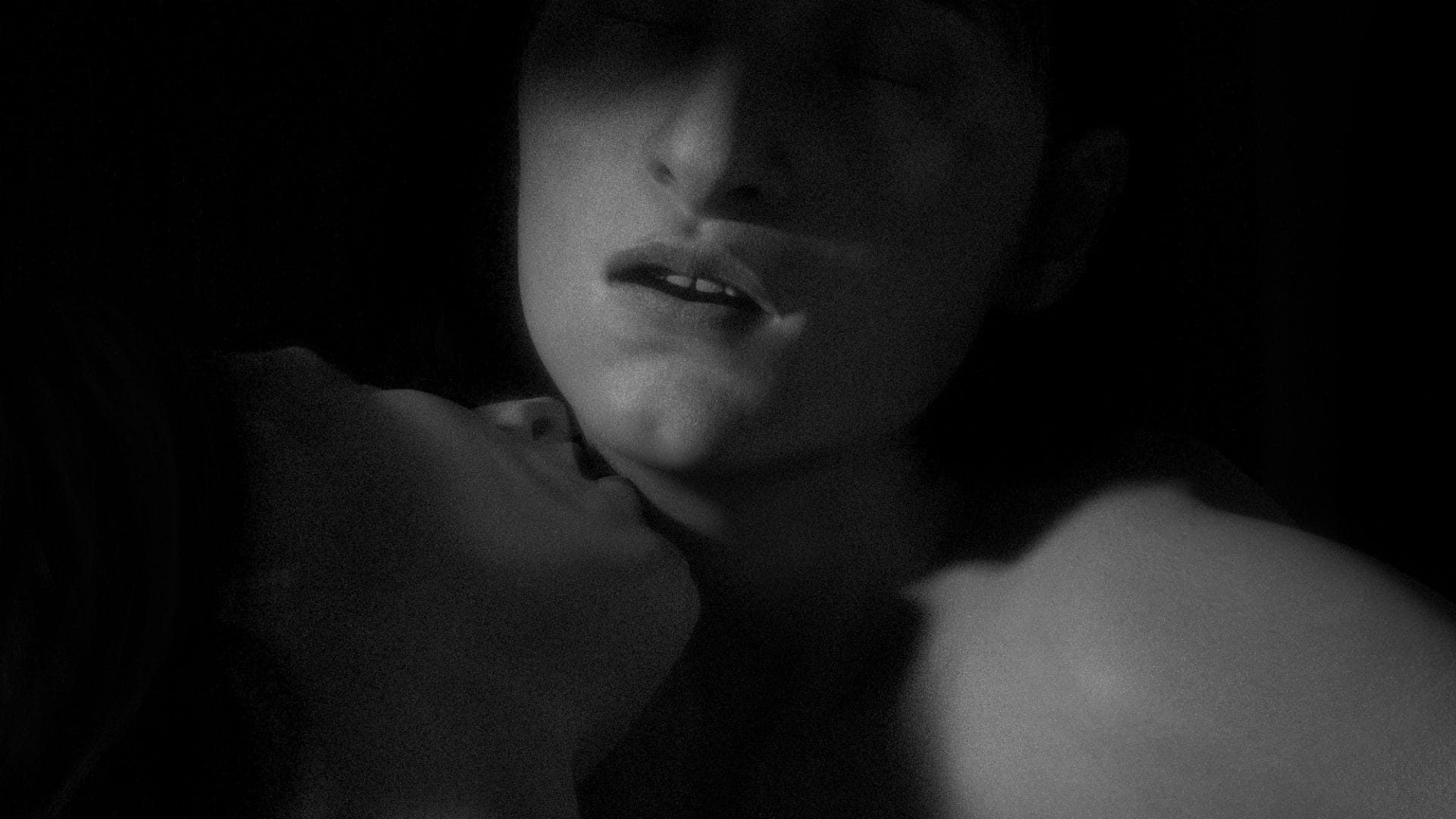
FAKEWHALE STUDIO: Inside the Generative Productions
Since the latest update, FAKEWHALE STUDIO continues its research into the vast potential of generative images and their profound impact on artistic production. In his seminal essay “The Work of Art in the Age of Mechanical Reproduction,” Walter Benjamin discusses how technological advancements, such as photography and cinema, have transformed the aura and authenticity of artworks. His insights are incredibly relevant today, where the concept of originality in producing a visual image related to a given reality is once again challenged by generative technologies.
Benjamin observes that “what withers in the age of mechanical reproduction is the aura of the work of art” (Benjamin, 1936). With the advent of mechanical reproduction, the authenticity of the artwork is lost as it is separated from its original historical and cultural context, yet it assumes a new kind of originality inherent in the derived multiple. This phenomenon is similarly observable in generative images created by artificial intelligence, where reproduction not only copies but also transforms and reinterprets reality.
Similarly, another philosopher, Gilles Deleuze, with his work on simulacra and simulation, offers a complex perspective on the nature of reality and representation in the digital media age. Deleuze helps us understand how AI-generated images not only reproduce but also transfigure reality based on extensive databases, creating new layers of meaning and reinterpretation. His idea of “folds” and “flows” of information applies perfectly to the dynamic and fluid nature of AI-generated images, which are not fixed but resemble a flexible material, constantly changing and being reinterpreted.
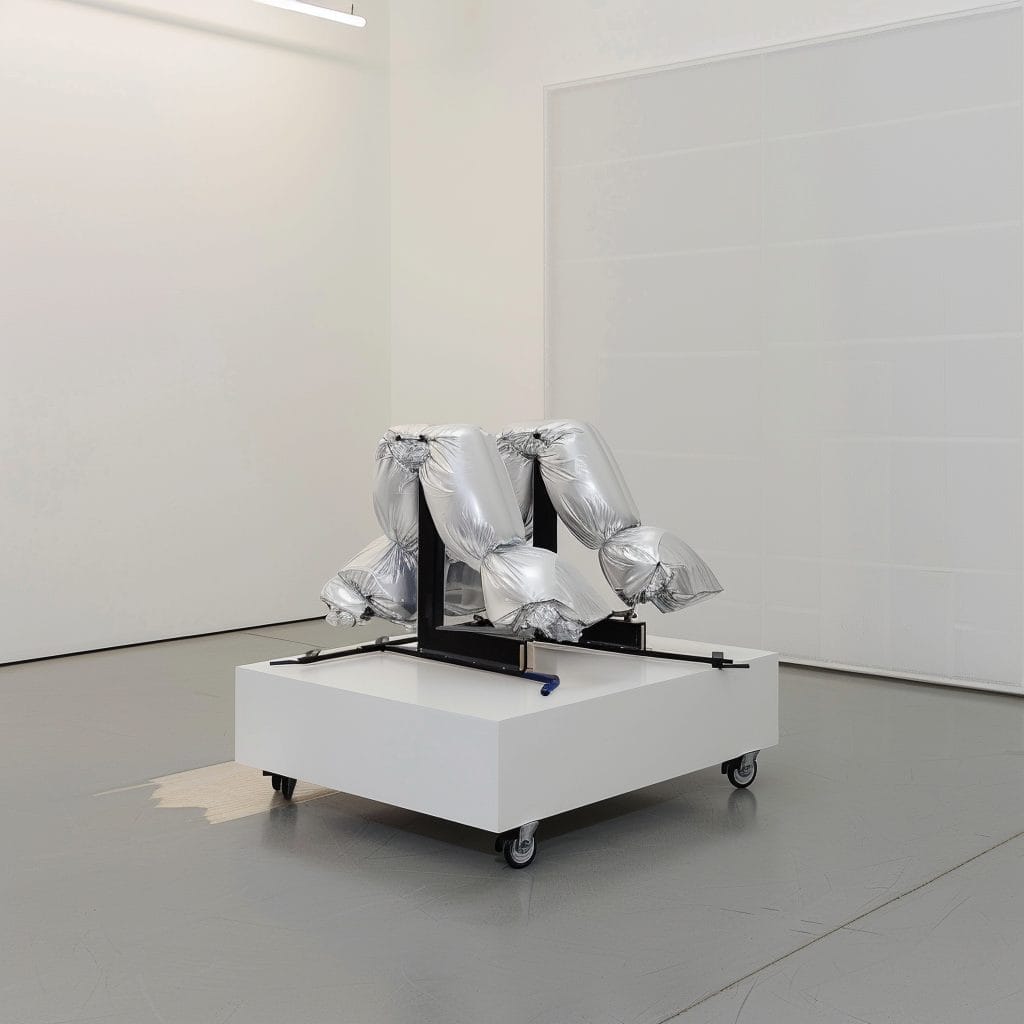
Some programmers and prominent figures in Silicon Valley, such as Ian Goodfellow, the creator of GANs, and Fei-Fei Li, a pioneer in computer vision, have indirectly made significant conceptual contributions to the production of generative images through their work. In particular, they utilize deep neural networks to process large amounts of visual data. Machine learning algorithms, such as generative adversarial networks (GANs), create images that another network attempts to distinguish from real ones. This process leads to the generation of increasingly realistic and detailed images.
Large datasets, such as ImageNet, offer a vast array of labeled images covering countless categories. These datasets serve as the foundation for training deep neural networks, allowing models to learn from the visual variables present in the images. In a sense, these databases act as a giant “cauldron” where the different characteristics of images are mixed and combined according to a specific logic determined by machine learning algorithms.
As we move forward, our focus remains on the intellectual and aesthetic implications of AI in art, examining how these technologies are redefining creativity and challenging traditional notions of authorship and originality.

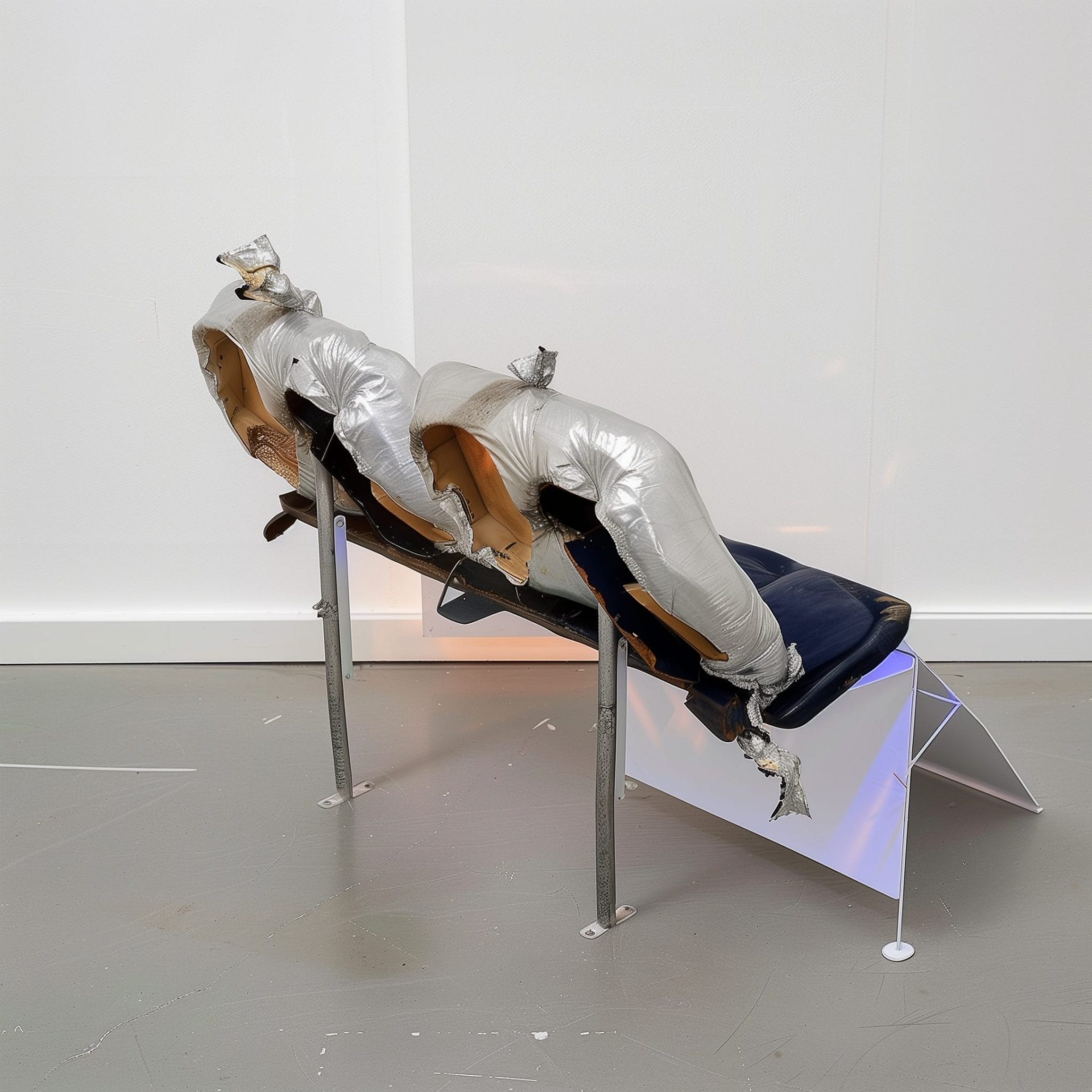
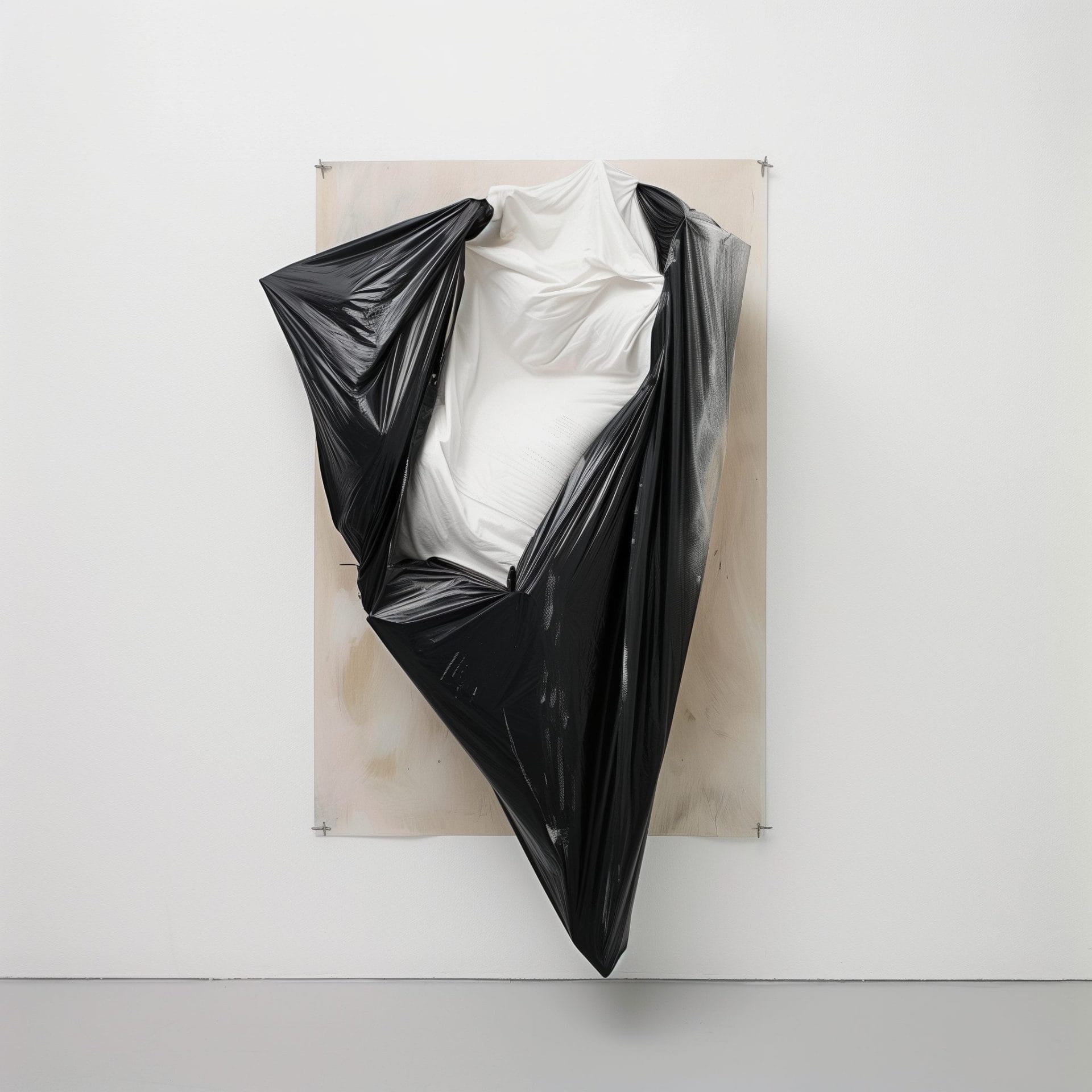
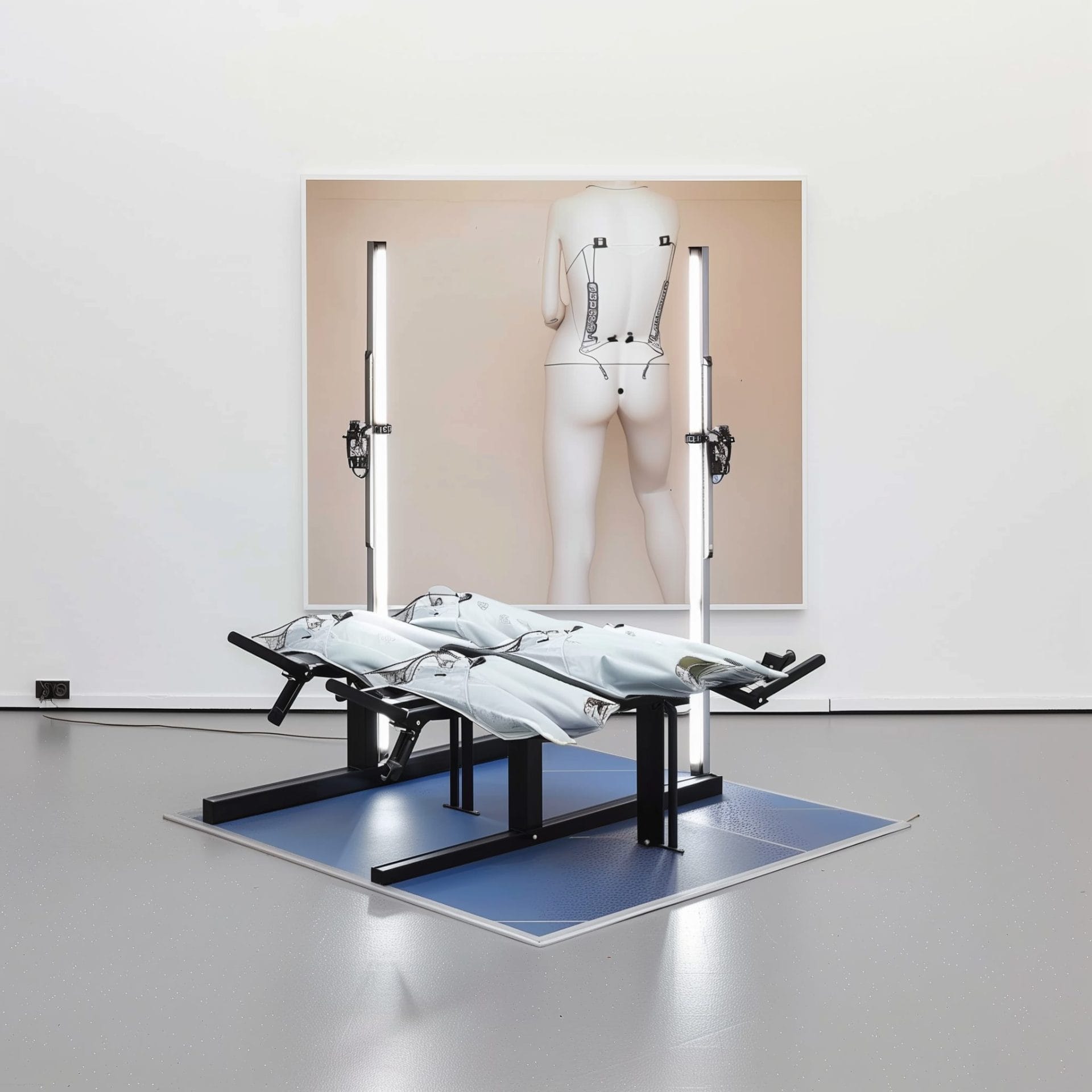
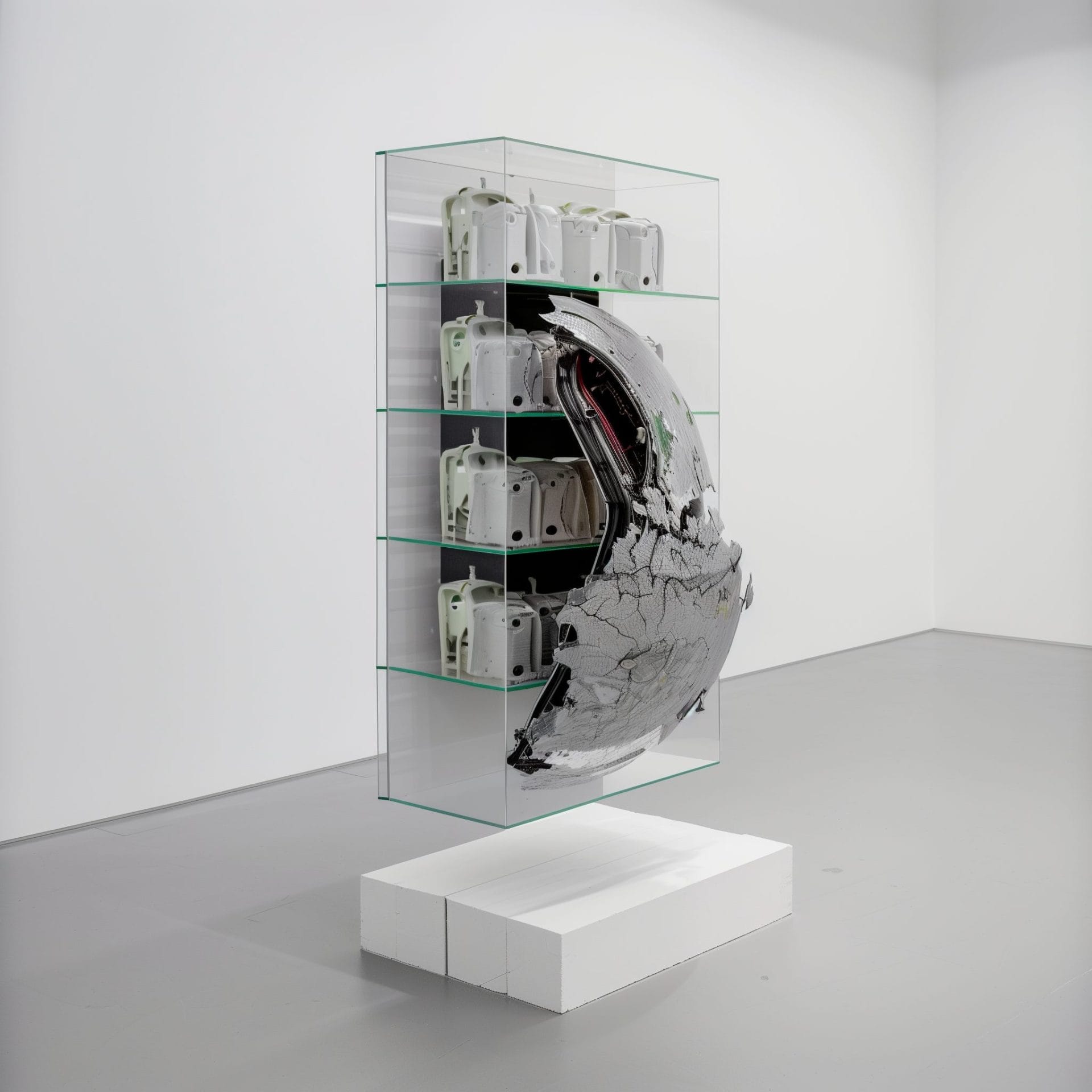
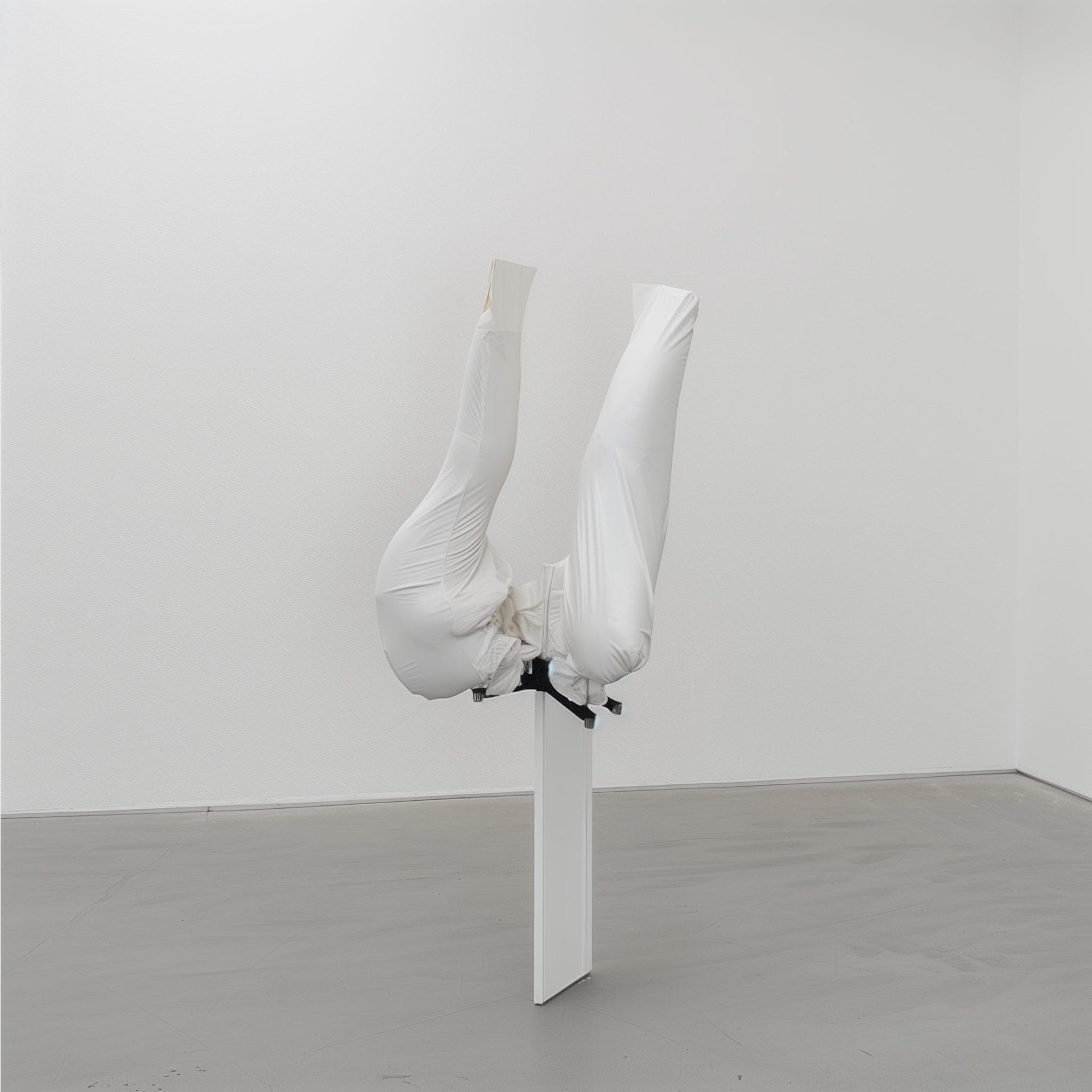
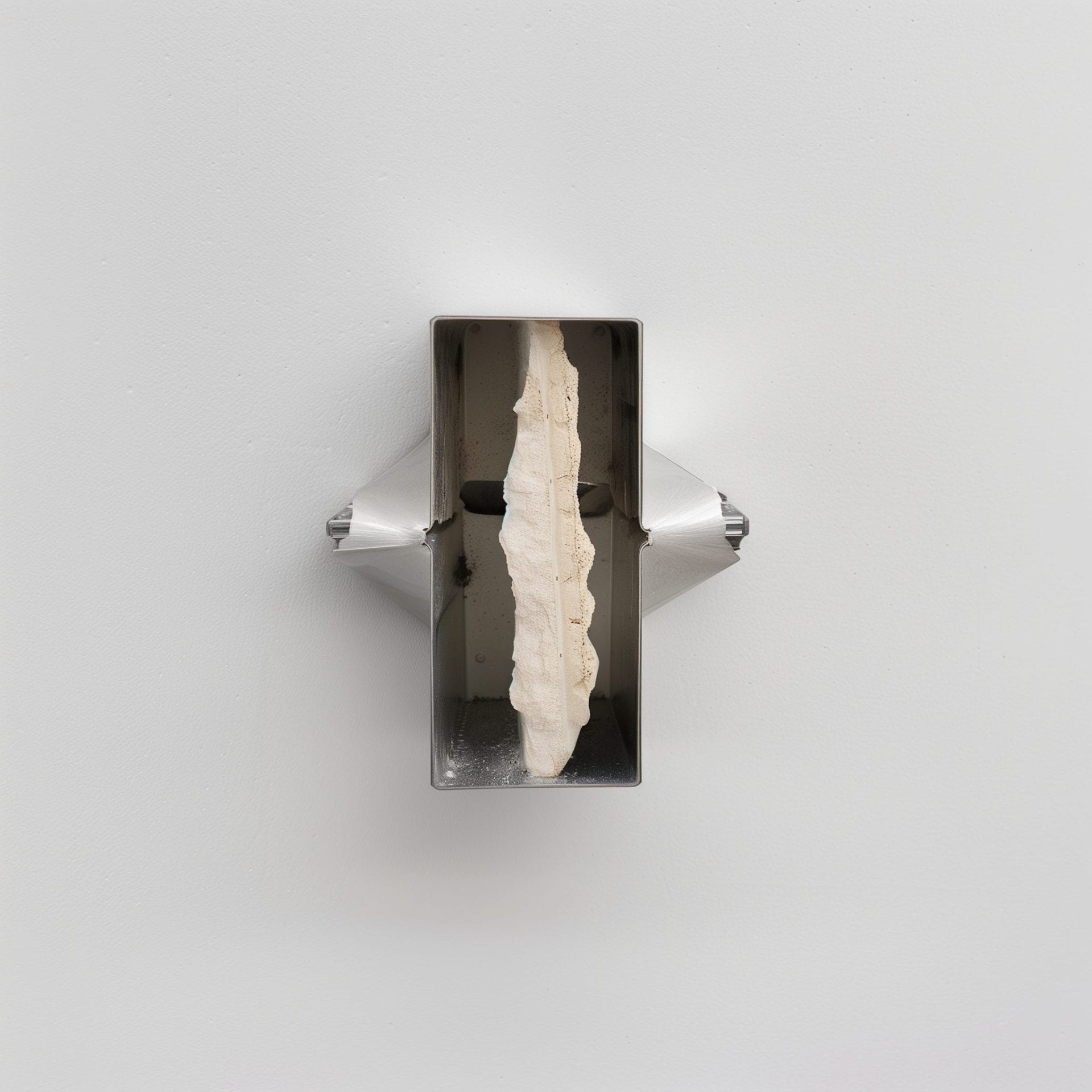
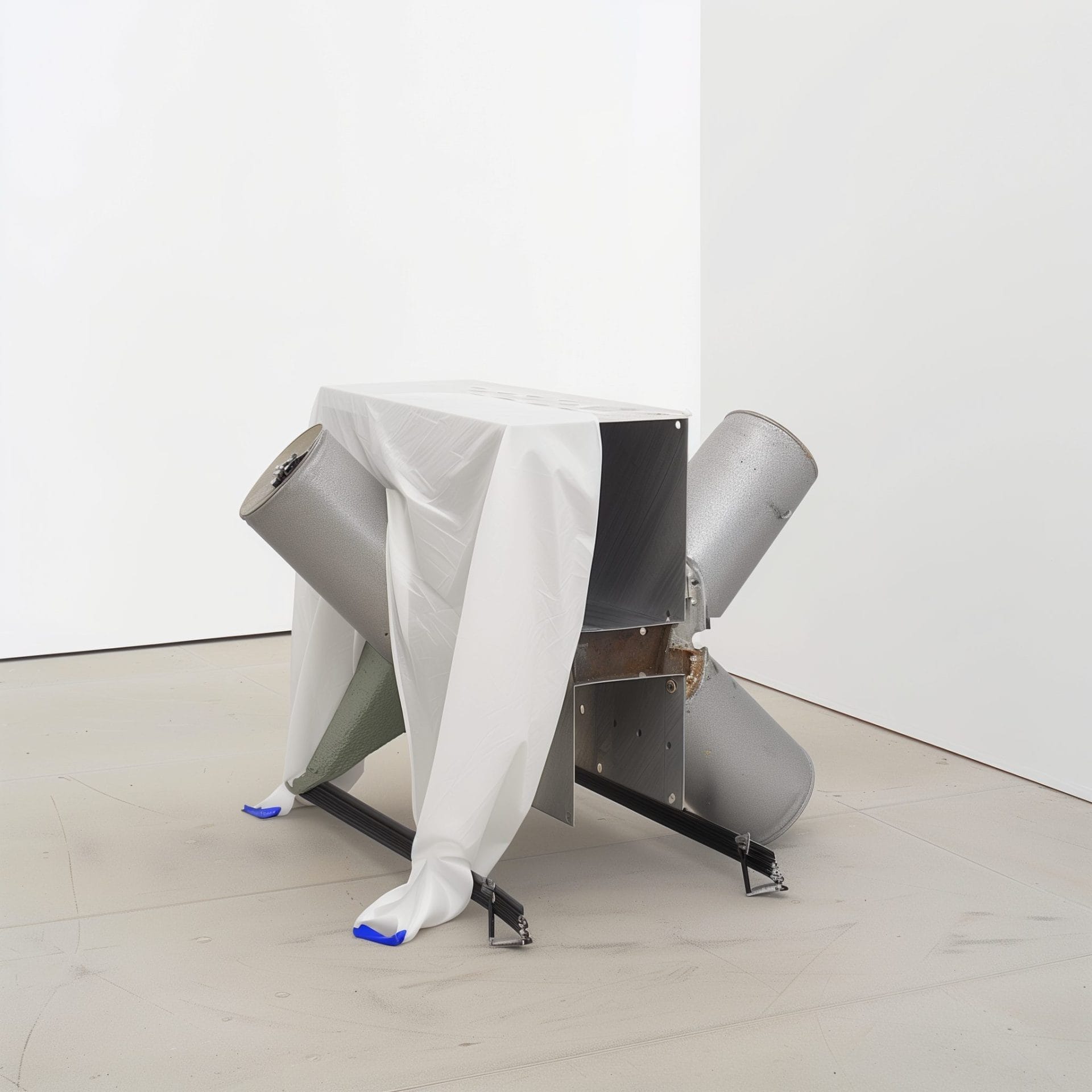
fakewhale
Founded in 2021, Fakewhale advocates the digital art market's evolution. Viewing NFT technology as a container for art, and leveraging the expansive scope of digital culture, Fakewhale strives to shape a new ecosystem in which art and technology become the starting point, rather than the final destination.
You may also like
Losing the Backup Fragments of a Fading Digital Memory
A few months ago, my computer was stolen. With no backup. In an instant, I lost photos, writings, vi
Fakewhale Solo Series presents In Your Car by Sasha Katz
On Wednesday, September 11th, Fakewhale proudly presents “In Your Car”, a Fakewhale Solo Series
Stephanie LaCava: Nymph – Anatomy of a Carefully Kept Wound
-There had to be a word for that, when something makes you uneasy because it’s familiar and correc

